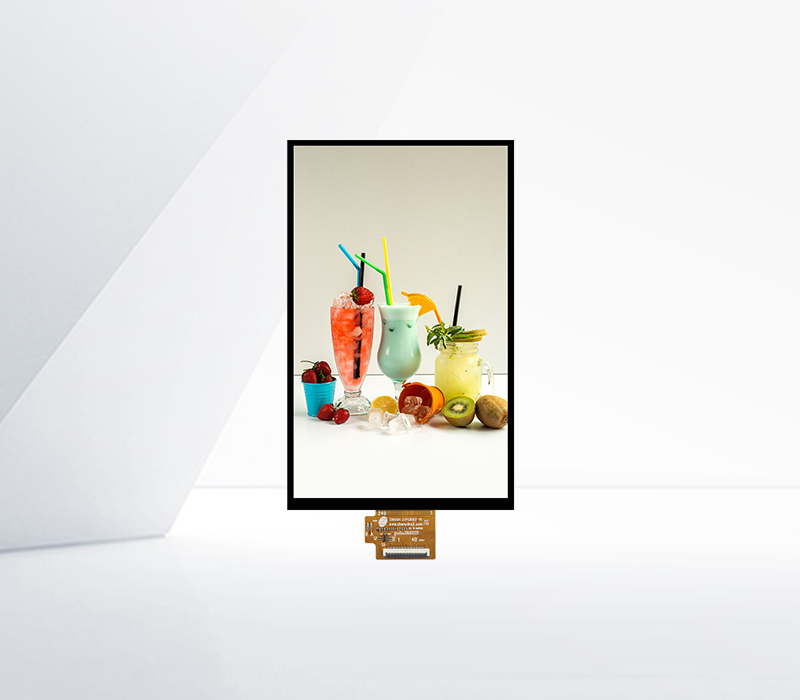




Touch displays have become integral components in modern medical devices, offering intuitive interaction, sterility, and reliability critical for healthcare environments. These displays are designed to meet stringent industry standards, ensuring they can withstand frequent cleaning, resist contamination, and operate accurately in high-stakes settings such as hospitals, clinics, and laboratories.
One of the primary requirements for medical touch displays is sterilizability. They are often coated with antimicrobial materials or finished with seamless, non-porous surfaces that can withstand repeated cleaning with harsh disinfectants (e.g., alcohol, bleach) without degradation. This prevents the spread of pathogens, a top priority in healthcare settings where infection control is paramount. Additionally, many medical touch displays feature edge-to-edge glass designs, eliminating crevices where dirt or bacteria could accumulate, further enhancing hygiene.
Accuracy and responsiveness are also critical. Medical professionals rely on touch displays for tasks such as adjusting ventilator settings, inputting patient data, or navigating imaging software (e.g., MRI or X-ray viewers). These displays often use capacitive touch technology, which offers high precision and supports multi-touch gestures (e.g., zooming, panning) essential for analyzing detailed medical images. Some specialized devices, such as surgical monitors, use resistive touch technology, which works with gloves—a necessity in operating rooms—ensuring functionality even when users are wearing sterile gloves.
Visibility under varying lighting conditions is another key feature. Medical environments may have dimly lit rooms (e.g., intensive care units) or bright surgical suites, so touch displays for medical devices often include high-brightness backlights (up to 1000 nits or more) and anti-glare coatings to maintain readability. They may also offer adjustable brightness settings to reduce eye strain during long shifts.
Durability and reliability are non-negotiable. Medical devices operate continuously, and downtime can compromise patient care. Touch displays for these applications are built with robust components, including shatter-resistant glass and reinforced connectors, to withstand physical stress from frequent use or accidental impacts. They also undergo rigorous testing for electromagnetic compatibility (EMC) to ensure they do not interfere with other medical equipment, such as pacemakers or defibrillators, and remain unaffected by external electrical noise.
Integration with medical software is seamless, with many displays supporting secure login features (e.g., fingerprint or RFID authentication) to protect patient data in compliance with regulations like HIPAA. They may also include haptic feedback—subtle vibrations—to confirm inputs, ensuring users know their actions have been registered, even in noisy environments.
From portable devices like ultrasound machines to stationary equipment such as patient monitors and infusion pumps, touch displays in medical devices streamline workflows, reduce human error, and enhance the overall quality of patient care.
